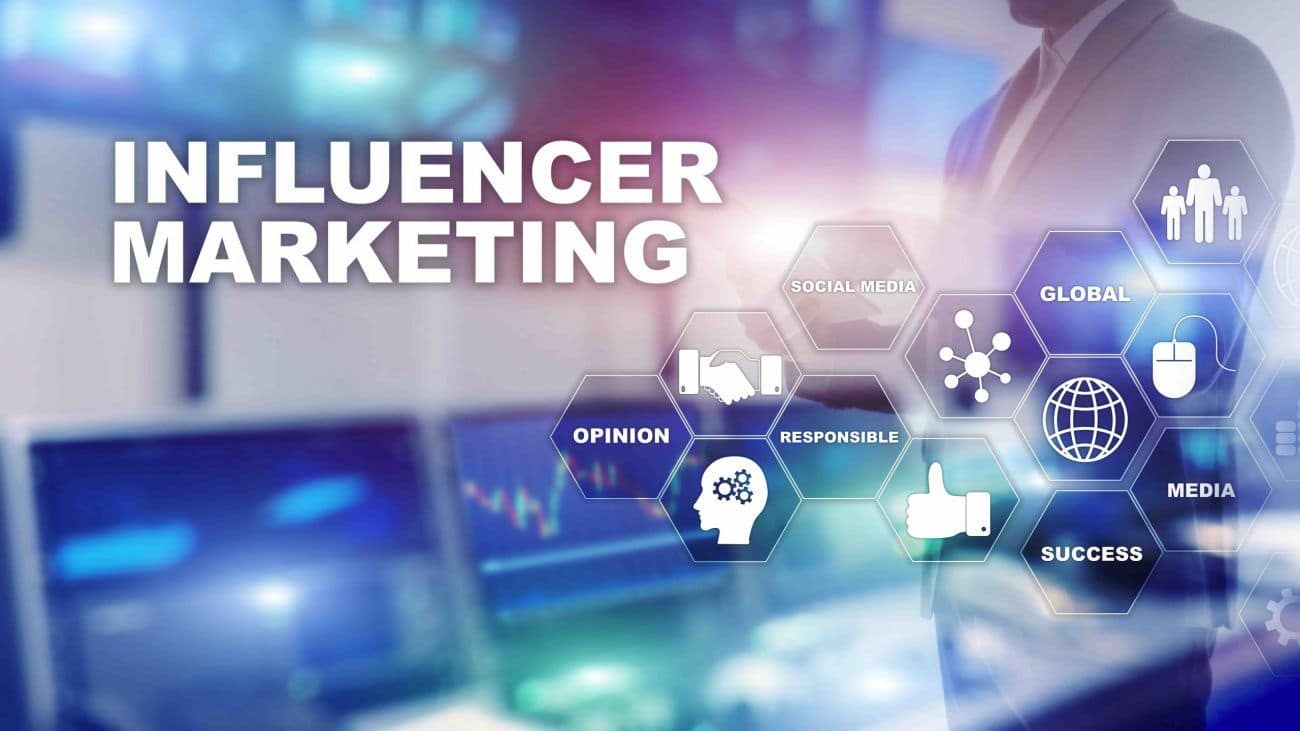The expansion of social media has made influencer marketing one of the top new marketing strategies of the century. But many businesses still haven’t dipped their toes into the influencer world, especially B2B brands.
But, is influencer marketing even worth it for B2B businesses? What’s the ROI?
Here’s everything you need to know.
What is Influencer Marketing?
Influencer marketing leverages recognized individuals (typically social media users with large followings) to help communicate the value of a brand, product, or service. It can take on several formats, including paid product placements, social media mentions, endorsements, or completely free word-of-mouth (or word-of-keyboard in today’s digital world).
Influencers can help generate awareness and validation of a brand within new channels to expand total reach. Some of the most recognized individuals have become extremely aware of their value and authoritativeness. This means influencers, particularly mega-influencers, can require a large budget. So, micro-influencers might be a better option.
What are Micro-Influencers?
The definition of micro-influencer varies depending on your source: some say micro-influencers have 1,000 to 100,000 followers; others say less than 30,000; we’ve also seen it defined as less than one million (and there are several other ranges out there). The common denominator is that micro-influencers have smaller, more loyal, and engaged followings than some of the “A-list” mega influencers.
Why Micro-Influencers can be Better than Influencers with Large Followings
We mentioned that micro-influencers tend to have more loyal, engaged followers. They also tend to be significantly more affordable than top tier influencers. This can result in a better ROI. But, don’t take our word for it. Let’s look at some data:
Engagement
According to Markerly, the Instagram like rate tends to decrease as the number of followers grows.

The same trend applies to comment rate:

On average, micro-influencers tend to get a higher percentage of their followers liking and commenting (engaging with) their content compared to mega influencers. This higher level of loyalty can be extremely beneficial in an influencer marketing strategy.
Cost
Influencers charge a variety of rates, and these rates tend to be directly correlated to their number of followers (e.g. $25 per post per 1,000 Facebook followers). Some data even suggests that micro-influencers can be more affordable per follower. Getting more content published is beneficial. Couple that with better engagement and it’s not hard to determine which investment has the better ROI.
Better Targeting
In addition to higher engagement levels, micro-influencers tend to have more specific followings. For example, if you want to reach female pet-owners between the ages of 30 and 50, you’ll have better odds choosing a micro-influencer in her 30s who primarily shares about her pet(s) on social media.
We aren’t saying that you can’t find mega-influencers with specific niche followings. Being selective with your target audience just tends to be prevalent when you work with micro-influencers. For example, this JBS case study leveraged food/beef lover micro-influencers in a specific location to deliver extremely precise targeting! The same theory can be applied when targeting niche groups of business owners or decision-makers. Mega influencers tend to have large, diverse followings. This isn’t ideal when your target customer is in a specific business industry.
Authenticity
A-list celebrities are certainly seen as idols, but they aren’t always relatable to your target audience. Chances are, your sponsored content will feel more authentic coming from a micro-influencer than a mega-influencer. Plus, micro-influencers have a greater ability to interact with their audience on a personal level to enhance the sincerity. We recommend identifying micro-influencers with distinct experience in your target industry. When you choose the right influencer, authenticity comes naturally.
Micro-Influencer Limitations
While there are many benefits to micro-influencers, there are some considerations as well. Smaller reach is the most obvious, but there are a few other potential limitations to consider:
- Do they have a proven track record of driving success for previous brand partners? Make sure you set expectations for reviewing content, when content will be published, in what form it will be published, and how results will be shared.
- Do they have any controversial content or affiliations? Be sure to properly qualify your influencers before signing a contract.
- Do they have the ability to be agile? Micro-influencers don’t have the ability to focus solely on a partnership with your brand. They likely depend on other sources of income to make a living, so you’re at the mercy of their availability. That being said, bigger influencers can be just as difficult to work with (if not more challenging). Hence, we resort back to the first points: qualify your influencers and set expectations.
Micro-Influencer B2B Marketing Strategies
Did you notice that we didn’t include B2C as a limitation when it comes to micro-influencers? That’s because there is no limitation if you can wisely incorporate influencer marketing into your B2B marketing strategy. In fact, B2B brands could benefit even more from influencer marketing than B2C brands. Here’s why:
According to Convince&Convert, 19% of the overall US economy is driven by word of mouth, but that number jumps to 91% when applied to B2B transactions! That means B2B brands are extremely dependent on outside influence. Here are 6 tips to help you nail that influencer strategy perfectly for your B2B brand:
- Survey your best past and present customers. Ask them who they follow, where they get their information, what they read, and what they listen to. Not only will you discover trends to help you identify potential influencers, but you’ll also gain valuable insight that might help you adjust your other marketing strategies.
- Think outside the timeline. If you want to reach business decision-makers, you probably shouldn’t be looking at TikTok or Instagram users. We love the idea of VPs participating in viral dance challenges, but you might be better off working with authors, podcasters, and, if you do go the social media route, LinkedIn is likely a better starting point.
- Compare all of the pros and cons. B2B influencers are more likely to be multi-dimensional: influencer A might have a strong social media following but a small blog while influencer B might have a huge list of email subscribers and a respected website. Comparing the pros and cons of B2B influencers can feel like comparing apples to oranges. Take the time to quantify the metrics that matter most and most importantly, understand who their followers are.
- Leverage your existing brand ambassadors. B2B purchases are typically larger and can result in more loyalty amongst customers. Don’t waste time chasing after potential B2B influencers when you’ve already established strong relationships. Plus, your previous customers automatically come with more credibility when they truly are an organic customer. If you don’t yet happen to have existing customers that are the perfect fit, you can change that. You’re already marketing to get additional business; might as well target customers who have potential to become brand ambassadors. This gives you the option to get creative with compensation. (i.e. trade your product or service in exchange for their influence)
- Don’t expect immediate results. B2B influencer marketing is similar to other B2B marketing efforts in the way that it takes time to convert. If your influencer has a good percentage of followers that match your target demographic, the results may be difficult to quantify but extremely valuable. 2020 has proven that your strategy needs to be adaptable, but B2B influencer marketing should not be a one-and-done marketing effort. Partner with strategic influencers for a period of 6+ months and pivot as needed.
- Learn from the influencer. You’re the expert about your business, but the influencer has a strong reputation for a reason: They know how to connect with and inspire their followers. Controlling their every move can feel unnatural and it hurts everyone – the influencer loses credibility and your results are diminished. Work with the influencer to craft clever ways to communicate the value of your brand and the message will feel more genuine.
Start Your Influencer Marketing Strategy Today
Need help navigating all of these considerations? We can help you find, qualify, and work with the perfect influencer for your brand on a comprehensive level. Reach out and we’d be happy to discuss how influencer marketing can benefit your business.







